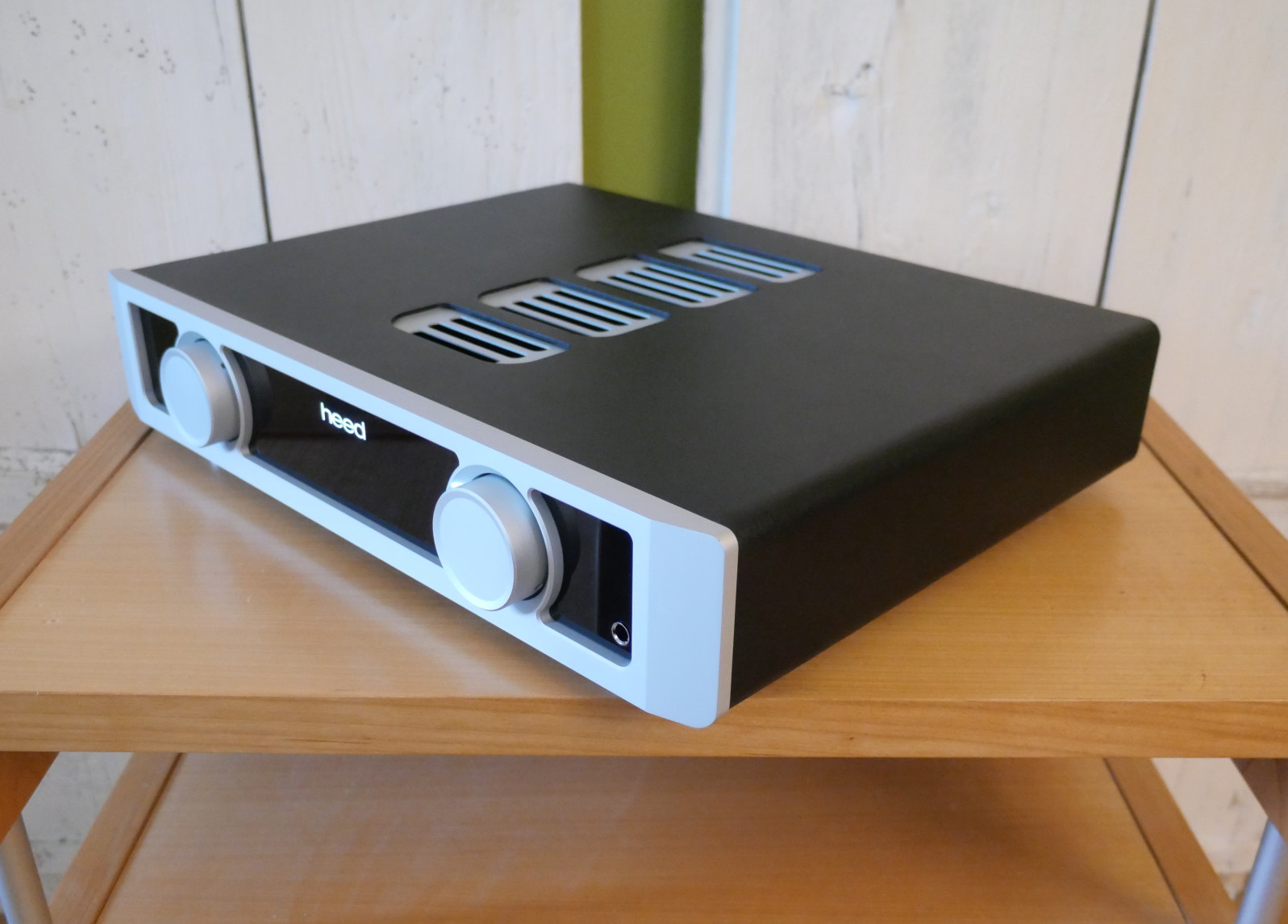This is significant. Given its price-band and the company it’s likely to keep, the Heed’s probable partners are far more likely to reflect the Viennas’ electrical characteristics and demands, than the easy to drive and high-sensitivity Living Voice. That makes the amp far more versatile when it comes to available speaker options – and far more likely to deliver on its considerable musical potential. It makes for a wider choice of future upgrades and greater longevity – and thus a higher return on your amplifier investment.
The Phono-input
The Lagrange amplifier includes a moving-magnet input as standard. Just like the amplifier itself, don’t make the mistake of underestimating this or assuming it’s a ‘throwaway’. These days, moving-coil cartridges are generally considered de rigueur, to the extent that once you get past two or three hundred Euros/Dollars, customers start clamouring for high-output moving-coils (an evolutionary cul-de-sac if ever there was one!). The moving-magnet has found itself relegated to stop-gap or starter status. But that’s a serious error. Moving magnets have plenty to offer, and not only at entry level prices.
Having said that, Heed’s inclusion of a phono-stage as standard is sensible, given the renewed interest in vinyl replay amongst younger listeners. It saves the extra cost and addition of another box to the system, while also avoiding the vagaries of the built-in phono-stages on an increasing number of entry-level record players. The Lagrange phono-stage is the latest incarnation of a long, long line of specialist phono-inputs that run all the way back to the earliest Nytech amps – and it shows. Its sound is confident, rich and refined, easily reflecting the quality and character of the cartridge feeding it. In this case, MM sensitivity and loading is definitely the sensible choice and the results more than justify the inclusion.

I ran the Heed’s phono-input with two different MM cartridges, from the more ambitious end of the available range: the Grado-based Cartridge Man Music Maker and the Nagaoka MP-500, both of which sit close to four-figures in terms of price. I mounted them in VPI JMW 12 3D arm-wands, with the arm mounted on the VPI Avenger. Neither disappointed, the Heed delivering a solid, chunky and propulsive sound from the two cartridges. Interestingly, the last time I lived with an MM cartridge as my major source, it was a Grado Signature 8, which might be considered a first cousin to the Music Maker. Revisiting records from that era (the Cure’s seminal Seventeen Seconds – Fiction Records FIXX 004 and Joe Jackson’s Look Sharp! – A&M AMID 120) I was rewarded with exactly the same chunky, insistent and infectious sound I loved back then. This is a phono-stage with real substance and energy, one that’s not afraid of the edge and attitude that oozes from Look Sharp!’s grooves, or the purposeful momentum of The Cure’s ‘A Forest’. Classical music benefits from the space and substance it captures, as well as the easy dynamics and sure-footed rhythmic security. If you want a more detailed and lively sound than the MP-500 offers, or more dynamic delicacy, discrimination and shading than you get from the Music Maker, then a cartridge like the Soundsmith Zephyr will deliver that. But either way, the Heed’s MM input will be more than up to the task. It’s also quiet enough with more than sufficient gain to deal with the lower-output levels of ‘high-output’ MCs – if you really must!

